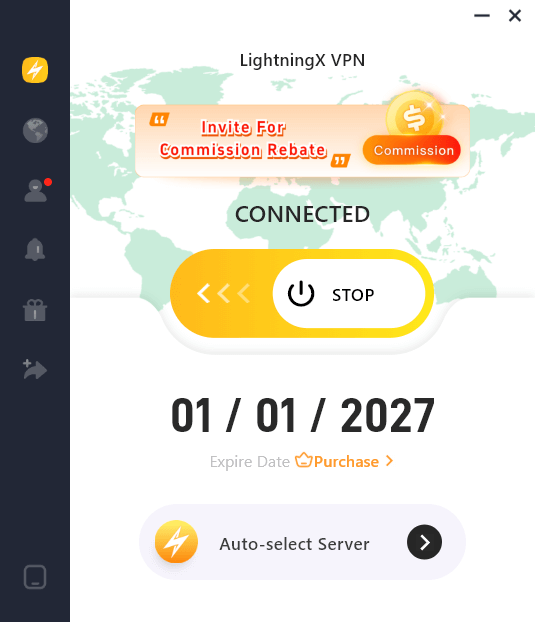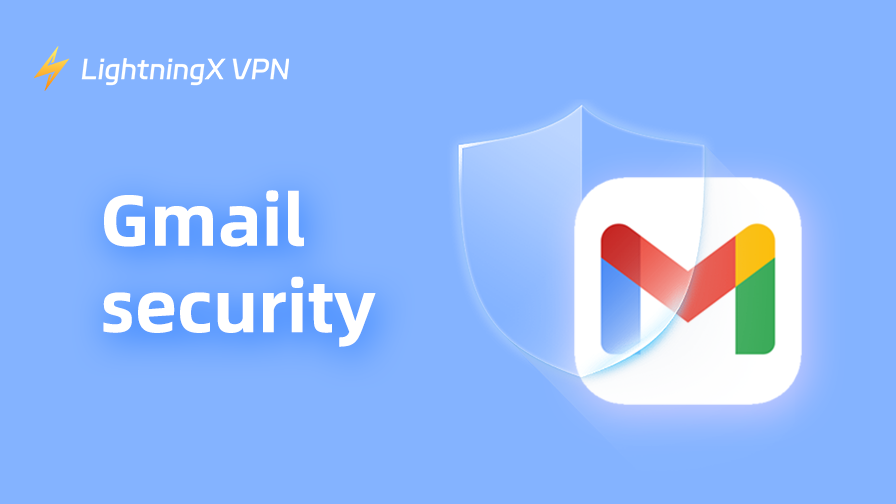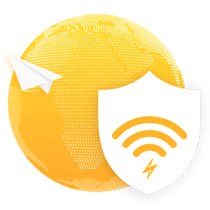Gmail, one of the most widely used email services in the world, holds a lot of sensitive personal information in each account. Whether it’s a personal account or a company account, it’s a target for hackers and cyber crooks, and Gmail security can’t be ignored.
In this guide, we will introduce you to the reasons and methods to improve Gmail security and the analysis of future Gmail security situations.
Why Is Gmail Security Important?
Gmail is more than just a tool for sending and receiving emails in a user’s daily life, it is often tied to other social or shopping platforms. Therefore, it is very important to improve the security of Gmail.
As we mentioned users’ social or shopping platforms are tied to their Gmail accounts and because of this, a lot of sensitive information is stored in Gmail accounts.
This information includes financial, private details, login links and even work information, through which scammers can easily gain access to the user’s bank account numbers, personal portraits and even social platform passwords.
Related: How to Change Facebook Password [Comprehensive Guide]
Moreover, the convenience of the Internet has increased the number of situations and means of cyber threats, and e-mail is the most common way for hackers to carry out spoofing.
A Gmail account can often receive phishing emails, malicious links and even crash attacks. Providing Gmail security also reduces the chances of receiving such content.
If you are unfortunate enough to have your Gmail account attacked, not only will your personal information be compromised, but you may also incur financial losses and have your social accounts hacked.
How to Enhance Your Gmail Security?
The hazards of Gmail being attacked produce horrible consequences, for which we also suggest you some available ways to improve Gmail security.
Updating Passwords
Designing a complex password is your first step in protecting your Gmail account. To avoid forgetfulness, most prefer to use the same password for all platforms, but we don’t recommend this.
It’s best to design a complex password for Gmail that includes upper and lower letters and numbers, and change it every once in a while. If you’re worried about forgetting your password, using a password manager will take care of that.
Setting up Security Checks
Google has also provided many official security measures for account security to help check for suspicious login devices and unused app permissions.
Gmail offers a Gmail Security Checker tool to help you improve your account security. You can check third-party access and currently logged-in devices by logging into your account directly from the official login page.
Setting Two-Factor Authentication
Two-factor authentication is also one of the excellent ways to avoid attacks on your Gmail account. This means that even if your password is compromised, the person who uses it to log into your account will need to authenticate themselves a second time.
You can set this up by clicking on “Two-Step Verification” in the Google Security Center and following the instructions.
Restricting Access to Third-Party Apps
After tying your Gmail account to some third-party service platforms, they may ask to read your mailbox information. Remember, don’t agree! If it’s a risky platform, they will always monitor your email information.
You’d better in the security settings, in the “Third-party application access” section, and remove untrusted apps from your security settings under “Third-party app access”.
Setting up a Recovery Email Address
A recovery e-mail address resets your Gmail account password in your designated e-mail account if you have forgotten your Gmail password.
To do this, click on “Accounts and Import” in the “Settings” section of your account. Then select “Send mail as…”. Then select “Send mail as…” and click “Add another e-mail address”. It’s best to follow the pop-up instructions to verify.
Turn on Email Anti-Phishing
Gmail has some built-in auto-detection features that can also block some fraudulent messages and phishing software. You just need to turn on Safe Browsing in Google Chrome.
Related: How to Prevent Phishing: 11 Ways to Avoid Phishing
Advanced Gmail Security Tips You Should Know
In addition to the basic Gmail security settings, there are some advanced tips to enhance your Gmail protection level.
Advanced Protection Program: This program is Google’s official enhanced security model, which enforces the use of a physical security key to sign in and strictly disables access to Gmail data by untrusted third-party applications.
Enable VPN Tools: VPN tools such as LightningX VPN can also help keep you safe online. LightningX VPN offers a proxy feature where you can simply enter the domain name of your Gmail account into the software, and it will automatically route your Gmail traffic through a secure proxy.

Gmail Activity Report Takeout: Export your account activity report from Google on a regular basis to check for any suspicious activity on your account. If there are any anomalies, you can recover them immediately.
Physical Security Key: If regular two-factor authentication doesn’t meet your needs, you may also want to consider using a Physical Security Key. These are tools that can be plugged directly into a USB port or connected to your phone via NFC.
Gmail Security for Business: How to Keep Work Emails Safe?
An attack on a business Gmail account can have more serious consequences than for an individual user. That’s why corporate Gmail accounts must take more systematic security measures.
Of course, the methods we mentioned earlier that can improve the security of your Gmail account are applicable to both personal and business accounts. But in the spirit of a more cautious view, we also suggest additional ways to protect your business Gmail account.
Google Workspace Security Center
Google offers Google Workspace Security Center for business administrators to manage their accounts. On this, you can view visual threat detection dashboards and audit logs.
Restrict Sharing Privileges
Gmail corporate accounts require tighter controls on correspondence than personal accounts. Administrators can set up external sharing policies to control the sending of email data to certain important departments.
Data Loss Prevention Rules
Customize DLP rules in Google Workspace to receive alerts if emails with certain specific words are sent. Or set these emails to be approved before they are sent out, so as to minimize information leakage.
Future Gmail Security Trends: Risks and Precautions
As technology and the Internet continue to evolve, users need to be vigilant, even though we can now offer some ways to secure Gmail. Here are some key trends that could pose a threat to Gmail users in the future:
Multiple Authentication Attacks
While two-factor authentication improves account security, there are increasing techniques for hacking mobile number control and intercepting verification text messages.
We recommend that you use strong authentication information, such as biometric information or hardware security keys. And don’t click on links to websites from unknown sources.
Cloud Storage Attacked
With the popularity of cloud synchronization technology, users tend to upload most of their important emails to the cloud. This gives hackers a new entry point for attacks. We recommend that you have strong passwords and multiple authentications for your cloud accounts as well.
Ransomware Attacks
While the Gmail software comes with many protections, ransomware can bypass Gmail’s protections through more sophisticated means. It will do so by encrypting user data or locking email accounts, for example, and attackers may force users to pay a ransom.
In this case, we recommend that you back up your important files and data regularly and use a strong anti-virus program.
AI-Driven Phishing Attacks
AI technology is increasingly advancing, which is used by criminals to analyze your behavior and then send phishing emails to trick you into giving out your personal information.
To prevent this, always keep Gmail’s spam filter turned on. And turn on the smart email scanning function.
Conclusion
Gmail is probably the carrier of most of your data in the online world, and if it’s stolen, the potential for trouble is unimaginable.
This guide starts with the reasons for improving Gmail security and introduces you to practical basic methods and advanced techniques. As well as it provides professional advice for business users, and finally looks at the security threats you may face in the future. We hope that reading this guide will help you.





















